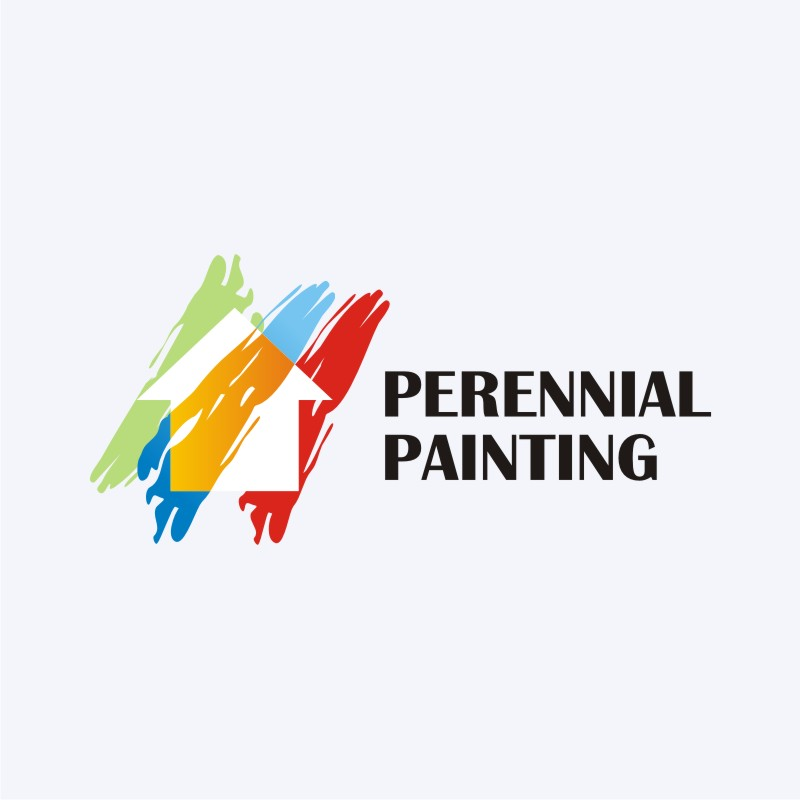Check Out The Duty Of Seasonal Factors In The Success Of Industrial Outside Paint And Uncover The Best Times To Secure Enduring Outcomes For Your Task
Check Out The Duty Of Seasonal Factors In The Success Of Industrial Outside Paint And Uncover The Best Times To Secure Enduring Outcomes For Your Task
Blog Article
Content By-Korsholm Chaney
When you're planning a commercial exterior painting job, seasonal elements can make or break your results. hopkins exterior painter 'll intend to take into consideration just how temperature and moisture impact paint application and drying times. Picking the appropriate period can ensure your paint adheres correctly and lasts much longer. But which periods are genuinely the very best for this sort of job? Let's check out the crucial elements that can impact your job's success.
The Impact of Temperature on Paint Application
When you're intending an industrial external painting job, the temperature level can substantially impact exactly how well the paint sticks and dries.
Preferably, you wish to repaint when temperatures range between 50 ° F and 85 ° F. If it's as well chilly, the paint may not heal effectively, causing issues like peeling or cracking.
On the other side, if it's as well warm, the paint can dry out too rapidly, avoiding correct adhesion and leading to an uneven finish.
You should likewise consider the time of day; morning or late afternoon supplies cooler temperature levels, which can be much more favorable.
Constantly examine the producer's recommendations for the particular paint you're making use of, as they often give support on the ideal temperature range for optimum outcomes.
Moisture and Its Result on Drying Times
Temperature level isn't the only environmental aspect that influences your industrial exterior painting job; moisture plays a substantial function as well. High humidity levels can slow down drying times significantly, influencing the general top quality of your paint task.
When the air is filled with moisture, the paint takes longer to cure, which can lead to concerns like inadequate bond and a greater danger of mildew development. If you're repainting on an especially moist day, be gotten ready for extensive wait times between layers.
It's vital to check regional weather conditions and plan appropriately. Preferably, go for moisture degrees in between 40% and 70% for optimal drying.
Keeping these consider mind ensures your task remains on track and delivers a long-term finish.
Best Seasons for Commercial Outside Paint Projects
What's the very best season for your commercial exterior paint tasks?
Spring and early loss are usually your best bets. During these seasons, temperatures are moderate, and humidity levels are typically reduced, creating ideal conditions for paint application and drying out.
Prevent summertime's intense heat, which can trigger paint to completely dry too quickly, bring about bad attachment and finish. In a similar way, winter season's cold temperature levels can impede proper drying out and healing, risking the long life of your paint task.
Aim for days with temperature levels between 50 ° F and 85 ° F for optimum results. Bear in mind to inspect the neighborhood weather prediction for rain, as wet problems can ruin your project.
heanly spring painting around these factors guarantees your painting task runs smoothly and lasts longer.
Conclusion
In conclusion, planning your commercial external paint tasks around seasonal factors to consider can make a considerable distinction in the outcome. By organizing work during the excellent temperature levels and humidity levels, you'll make certain much better bond and drying times. Remember to keep an eye on regional weather report and pick the right time of year-- springtime and very early fall are your best choices. Taking these steps will help you attain a durable and specialist finish that lasts.
